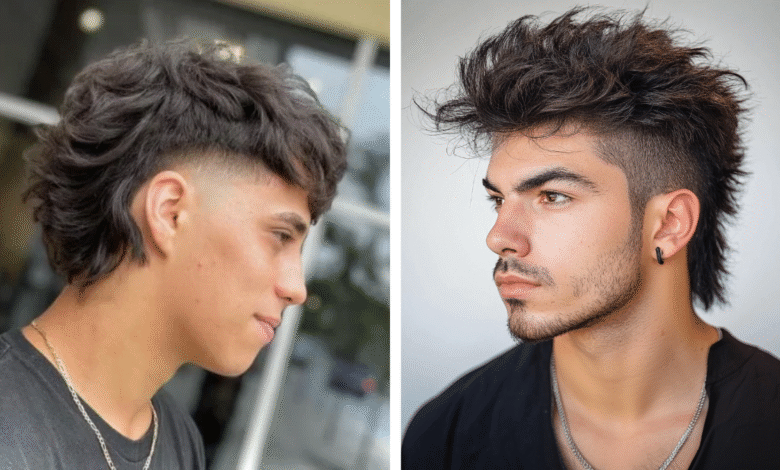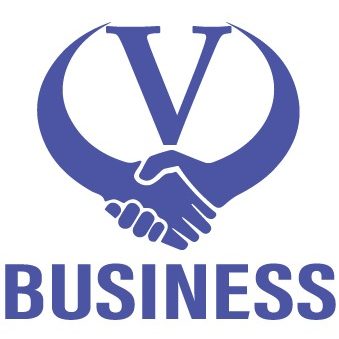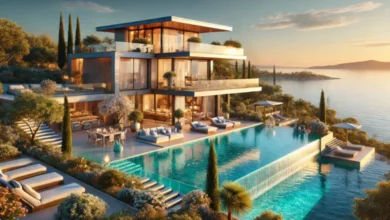The Burst Fade Mullet: A Bold Blend of Retro and Modern Style

In the ever-evolving world of men’s grooming and hairstyles, few cuts have captured the attention of barbers and fashion-forward individuals quite like the burst fade mullet. This daring hybrid combines the timeless rebellion of the mullet with the precision and modern appeal of a burst fade. It’s not just a haircut; it’s a statement. From the streets of urban culture to high-fashion runways, the burst fade mullet is shaking things up.
In this article, we’ll explore the origins, evolution, styling techniques, cultural significance, and why the burst fade mullet is the haircut that refuses to go unnoticed.
What Is a Burst Fade Mullet?
To fully understand the allure of the burst fade mullet, let’s break it down:
- Burst Fade: This is a fade that arcs around the ear, “bursting” outwards in a semi-circular fashion. It tapers the hair around the ears while maintaining longer length at the nape and crown.
- Mullet: Famously described as “business in the front, party in the back,” the mullet features shorter hair at the front and sides, with longer strands in the back.
Together, the burst fade mullet delivers a contrast-heavy, edgy look that emphasizes clean lines and bold personality. It appeals to individuals looking for a mix of vintage charm and modern finesse.
The History of the Mullet and the Fade
To appreciate the resurgence of the burst fade mullet, it helps to take a step back in time.
The Mullet: A Retro Icon
The mullet rose to fame in the 1970s and 80s, worn by rockstars, athletes, and rebellious teens. Its most iconic wearers include David Bowie, Billy Ray Cyrus, and even Patrick Swayze. During that era, the mullet symbolized defiance against the norm—a practical yet provocative style that allowed for both conservative and wild elements.
The Fade: A Modern Barber’s Masterpiece
The fade haircut has a military origin, tracing back to the mid-20th century. Over time, the fade evolved, especially within Black and Latino barbering communities, into a sophisticated grooming technique. Variations like the low, mid, high, skin, and burst fades began gaining popularity in the 1990s and early 2000s.
The burst fade, in particular, is a newer twist, with a unique pattern that tapers in a circular shape behind the ear—unlike the standard fade that progresses uniformly around the head.
How the Burst Fade Mullet Became a Trend
The burst fade mullet first gained traction among barbershop culture and social media influencers. With platforms like TikTok, Instagram, and YouTube acting as catalysts, the haircut quickly rose in popularity due to its shock factor, versatility, and visual appeal.
Celebrities like Lil Nas X, Morgan Wallen, and even NFL and NBA players have flaunted variations of the burst fade mullet. It’s now a regular feature at barber battles and hairstyling competitions.
Why the sudden popularity?
- Nostalgia: People are embracing 80s and 90s fashion again.
- Individualism: The burst fade mullet allows for personal expression.
- Social Media: Bold styles are rewarded with attention online.
- Inclusivity: This haircut works for different hair types—straight, curly, wavy, or coily.
Who Can Rock a Burst Fade Mullet?
While not for the faint of heart, the burst fade mullet suits a surprising range of individuals. Its key appeal is customization. Here’s how it suits various hair types and face shapes:
Hair Types:
- Straight hair: Creates a sharp contrast with the fade and highlights texture.
- Curly hair: Adds volume and flair, often used to enhance natural curls at the back.
- Wavy hair: Naturally blends between the fade and the mullet for a fluid look.
- Coarse hair: The fade can be precision-cut to control shape and structure.
Face Shapes:
- Oval: Perfect for experimenting—can handle the drama of a mullet.
- Round: The burst fade elongates the face, giving balance.
- Square: Adds softness around the ears while keeping angles sharp.
- Heart/diamond: The longer back and sides create harmony with wider foreheads.
How to Ask for a Burst Fade Mullet at the Barbershop
If you’re planning to try this iconic style, communication with your barber is essential. Here’s a guide to help:
Key Terms to Use:
- “I’d like a burst fade that wraps around the ear and tapers cleanly.”
- “Keep the top longer and leave the back flowing like a mullet.”
- “Shape up the front for contrast, but maintain the mullet vibe in the rear.”
- “Use clippers to fade the sides and scissors for the top and back for texture.”
Visuals Matter:
Bring photos or videos of the style you’re aiming for. Instagram barber pages, Pinterest, and YouTube tutorials can be valuable references.
Variations of the Burst Fade Mullet
One of the reasons this haircut has blown up is its versatility. It can be adapted to fit various style aesthetics:
1. Classic Burst Fade Mullet
- Medium-length top, tightly faded sides, and a moderately long back.
- Ideal for first-timers.
2. Curly Burst Fade Mullet
- Emphasizes the natural curl texture in the back.
- The fade creates a clean canvas for the curls to pop.
3. Mohawk-Inspired Mullet
- Incorporates a mohawk shape at the top with sharp burst fades on the side.
- Very bold and edgy.
4. Bleached or Colored Mullet
- Adds bright colors (neon green, platinum blonde, blue) to the top or back.
- A go-to for trendsetters and creatives.
5. Low Burst Fade with Tapered Mullet
- More subtle and suitable for professional environments.
- Gives the mullet essence without being over-the-top.
Styling and Maintenance Tips
Once you get the burst fade mullet, styling is key to keeping it fresh. Here’s how to maintain and rock your look:
Daily Styling:
- Use matte paste or texturizing cream to style the top.
- Apply curl cream or leave-in conditioner for curly or wavy hair.
- Blow dry or air dry depending on your desired volume and finish.
Tools to Have:
- Fine-tooth comb
- Hair dryer
- Round brush (for volume)
- Clippers or trimmer (if maintaining the fade at home)
Upkeep:
- Visit your barber every 2–3 weeks to keep the fade sharp.
- Trim the back every 4–6 weeks depending on how long you want the mullet to grow.
- Regular conditioning keeps the hair healthy, especially at the longer back.
The Cultural Impact of the Burst Fade Mullet
What makes the burst fade mullet more than just a haircut is its cultural resonance. It bridges diverse subcultures:
1. Urban and Hip-Hop Culture
- Many rap and trap artists have embraced this style as a badge of creative freedom.
- It merges traditional barbering with street fashion.
2. Country and Rodeo Revival
- Country singers and rodeo stars have reinvented the mullet as a rustic yet stylish cut.
- Think of artists like Morgan Wallen reviving the “redneck chic” trend.
3. Gen Z Fashion
- Younger generations on TikTok and Instagram have made the mullet ironically cool again.
- It’s seen as both a throwback and a rebellion against mainstream grooming.
4. Barbering Innovation
- Barbers now use the burst fade mullet as a canvas for artistic expression, including designs, hard parts, and color fades.
Should You Try the Burst Fade Mullet?
That depends on your lifestyle, confidence, and desire for something eye-catching. It’s a cut that works both ironically and sincerely. If you’re looking to stand out, embrace a trend, or just try something different, the burst fade mullet may be your next bold move.
It’s especially great for:
- Music lovers
- Fashion-forward individuals
- Creative professionals
- Those seeking a “cool but casual” vibe
- People wanting a low-maintenance but impactful haircut
Final Thoughts
The burst fade mullet is more than just a quirky trend—it’s a hairstyle that speaks volumes. With its fusion of clean fades and retro rebellion, it stands as a symbol of self-expression in a world increasingly embracing individuality.
Whether you’re diving into this look as a fashion statement, a nostalgic nod, or a personal rebellion, the burst fade mullet gives you room to experiment, evolve, and most importantly—stand out.


